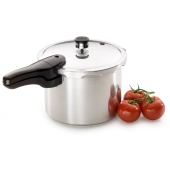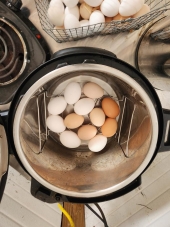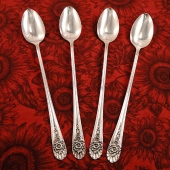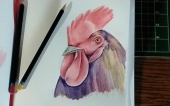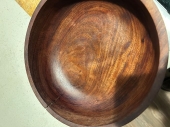I've experienced plenty of auditory and olfactory ones. My general rule is to tune in ones that are helpful and tune out ones that aren't. If it's frequent, it can really help to have a trusted person or a good dog around to check if they experience it too.
If they're repeatedly urging you to do awful things, or if your dog is telling you it's the devil? It's time to get some help. Becoming unmoored from reality is dangerous to you and yours.
If they're telling you the gate's unlocked, or the chickens are loose, and it's right? Helpful.
Fevers, headaches, sustained pain, poor sleep for long periods, dehydration, ear ringing, droning background sounds, long periods of silence - there's lots of situations that can induce them or make them more common. And that's before you get into the rare stuff like tumors or oddball infections or tooth fillings picking up radio signals.



